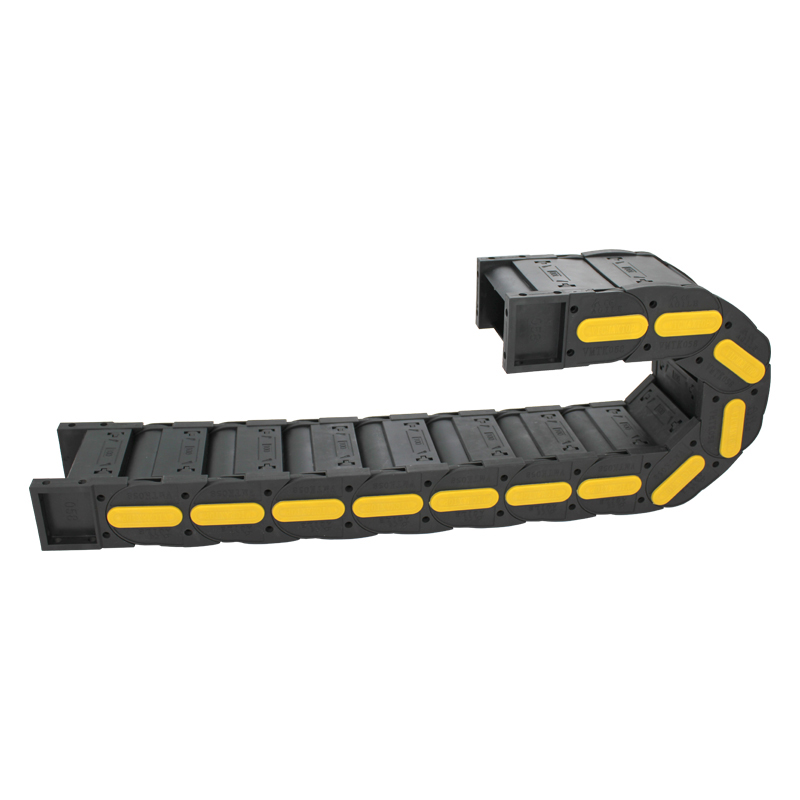Understanding the Fundamentals of Cable Carrier Systems in Modern Applications
Cable Carrier Systems A Comprehensive Overview
In an era increasingly reliant on efficient materials handling systems, cable carrier systems have emerged as pivotal components in various industrial applications. These systems are designed to manage and protect cables, hoses, and other vital components, ensuring safe and efficient operations across diverse environments. This article explores the significance, functionality, and benefits of cable carrier systems, highlighting their role in modern industry.
Understanding Cable Carrier Systems
Cable carrier systems, often referred to as cable chains or energy chains, are specially designed structures that facilitate the organized movement of cables and hoses in machinery and equipment. They are typically composed of interconnected links that form a channel through which cables can glide while being subjected to motion. This innovative solution helps to prevent wear and tear on cables caused by friction, excessive bending, or motion-related stress.
These systems can vary significantly in design and material, tailored to meet specific operational requirements. For instance, some cable carriers are constructed from high-strength plastics, while others may utilize metal for enhanced durability in demanding conditions. The design can also include various shapes and sizes, accommodating different types and quantities of cables or hoses.
Applications of Cable Carrier Systems
Cable carrier systems find applications across a myriad of industries, demonstrating their versatility and effectiveness. Common sectors utilizing these systems include
1. Manufacturing In automated production lines, the movement of cables is essential for powering machinery and equipment. Cable carriers help maintain organization and prevent tangling, facilitating smooth operations.
2. Robotics As robotics technology continues to evolve, cable carriers are critical in ensuring that robotic arms and other moving parts can operate freely without risking cable snagging or damage.
3. Construction In construction sites, equipment often moves over rough terrains. Cable carrier systems protect cables in cranes and other heavy machinery, safeguarding them from abrasions and environmental elements.
4. Aerospace and Aviation In jets and aircraft, where space is at a premium, cable carriers are integral in managing wiring systems while ensuring safety and reliability in flight operations.
cable carrier systems

Benefits of Cable Carrier Systems
The adoption of cable carrier systems offers numerous advantages, making them an essential component of modern operations
1. Enhanced Durability By preventing excessive bending and abrasion, cable carriers extend the lifespan of cables, leading to lower maintenance costs and reduced downtime.
2. Improved Safety Organized cable management minimizes the risk of tripping hazards or accidents, contributing to a safer working environment.
3. Operational Efficiency The streamlined design of cable carriers allows for quick installations and modifications, enabling businesses to adapt to changing operational needs without significant downtime.
4. Versatility Given their ability to accommodate various sizes and types of cables, cable carrier systems can be customized for specific applications, providing tailored solutions for unique environments.
5. Cost-Effectiveness Although initial investments may vary, the long-term savings associated with reduced cable replacements and maintenance make cable carriers a cost-effective choice for companies.
Conclusion
As modern industries continue to evolve and face challenges related to efficiency and safety, cable carrier systems stand out as indispensable tools. Their ability to protect and manage cables while enabling smooth operations not only enhances productivity but also safeguards valuable investments in machinery and technology. As innovations in materials and designs continue to progress, the future of cable carrier systems promises even greater efficiency, reliability, and adaptability across a growing range of applications. In a world where every detail counts, the role of cable carrier systems is more crucial than ever.








